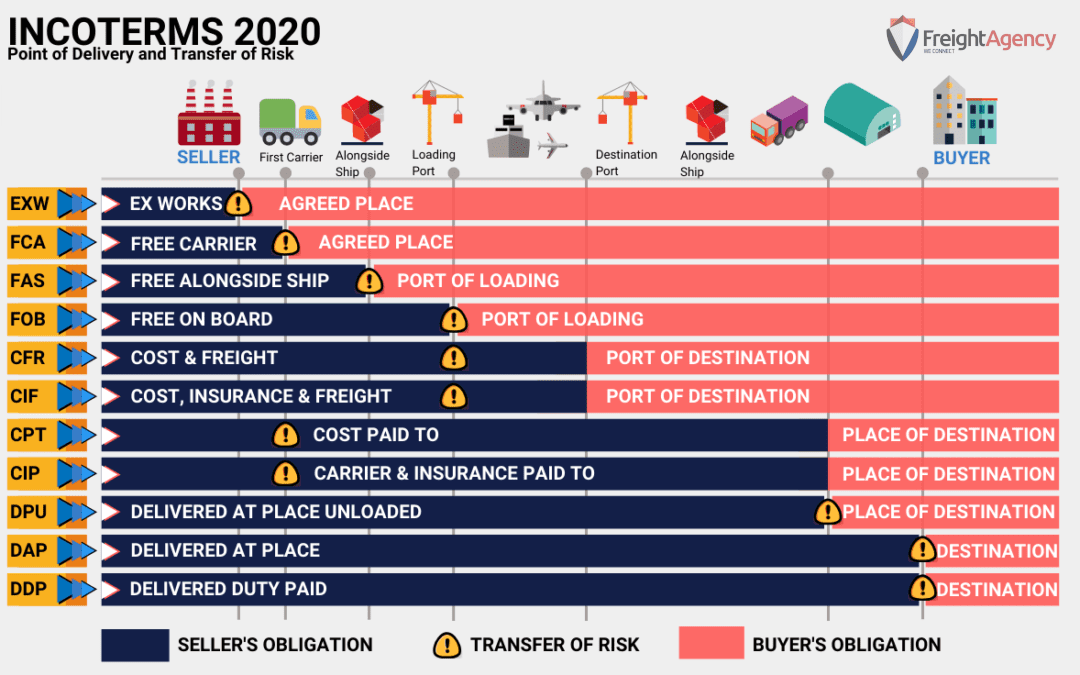Frequent Asked Questions
If you cannot find the answers to your questions here, feel free to contact us and we’ll be happy to offer you the information you need.
What are the dimensions of a standard container?
| STANDARD 20 ft | ||
| INSIDE LENGTH | 19’4″ | 5.89 m |
| INSIDE WIDTH | 7’8″ | 2.33 m |
| INSIDE HEIGHT | 7’10” | 2.38 m |
| DOOR WIDTH | 7’8″ | 2.33 m |
| DOOR HEIGHT | 7’6″ | 2.28 m |
| CAPACITY | 1,170 ft³ | 33.18 m³ |
| MAX CARGO | 62,300 lb | 28,000 kg |
| STANDARD 40 ft | ||
| INSIDE LENGTH | 39’6″ | 12.03 m |
| INSIDE WIDTH | 7’9″ | 2.35 m |
| INSIDE HEIGHT | 7’10” | 2.39 m |
| DOOR WIDTH | 7’8″ | 2.34 m |
| DOOR HEIGHT | 7’6″ | 2.28 m |
| CAPACITY | 2,392 ft³ | 67.70 m³ |
| MAX CARGO | 63,600 lb | 28,200 kg |
| 40 ft High Cube | ||
| INSIDE LENGTH | 40’0″ | 12.13 m |
| INSIDE WIDTH | 7’8″ | 2.35 m |
| INSIDE HEIGHT | 8’10” | 2.69m |
| DOOR WIDTH | 7’8″ | 2.33 m |
| DOOR HEIGHT | 8’5″ | 2.57 m |
| CAPACITY | 1,170 ft³ | 76.20 m³ |
| MAX CARGO | 62,300 lb | 28,200 kg |
What are the dimensions of a reefer container?
| REEFER 20 ft | ||
| INSIDE LENGTH | 18’0″ | 5.50 m |
| INSIDE WIDTH | 7’6″ | 2.29 m |
| INSIDE HEIGHT | 7’5″ | 2.27 m |
| CAPACITY | 1,016 ft³ | 28.80 m³ |
| MAX CARGO | 60,630 lb | 27,500 kg |
| REEFER 40 ft | ||
| INSIDE LENGTH | 38’1″ | 12.19 m |
| INSIDE WIDTH | 7’6″ | 2.29 m |
| INSIDE HEIGHT | 8’4″ | 2.54 m |
| CAPACITY | 2,384 ft³ | 67.50 m³ |
| MAX CARGO | 64,470 lb | 29,240 kg |
What are the dimensions of an open top container?
| OPEN TOP 20 ft | ||
| INSIDE LENGTH | 19’4″ | 5.89 m |
| INSIDE WIDTH | 7’9″ | 2.35 m |
| INSIDE HEIGHT | 7’8″ | 2.34 m |
| CAPACITY | 1,148 ft³ | 32.5 m³ |
| MAX CARGO | 47,600 lb | 21,590 kg |
| OPEN TOP 40 ft | ||
| INSIDE LENGTH | 39’6″ | 12.03 m |
| INSIDE WIDTH | 7’9″ | 2.35 m |
| INSIDE HEIGHT | 7’8″ | 2.34 m |
| CAPACITY | 2,327 ft³ | 65.9 m³ |
| MAX CARGO | 57,701 lb | 26,180 kg |
What are the dimensions of a flat rack container?
| FLAT RACK 20 ft (Collapsible end) | ||
| INSIDE LENGTH | 18’2″ | 5.53 m |
| INSIDE WIDTH | 7’2″ | 2.19 m |
| INSIDE HEIGHT | 7’3″ | 2.21 m |
| MAX CARGO | 68,780 lb | 31,200 kg |
| FLAT RACK 40 ft (Collapsible end) | ||
| INSIDE LENGTH | 38’4″ | 11.68 m |
| INSIDE WIDTH | 7’9″ | 2.37 m |
| INSIDE HEIGHT | 6’4″ | 1.95 |
| MAX CARGO | 88,410 lb | 40,100 kg |
What are Incoterms?
The International Chamber of Commerce (ICC) publishes a set of Incoterms, officially known as international commercial terms. The ICC seeks to facilitate trade around the world by publishing these internationally recognized business rules that are often used in contracts to clarify the obligations and expectations of buyer and sellers. Some Incoterms apply for any means or form of transportation, while others apply only for those who will be transporting goods across water.
Incoterms Rules for Any Mode of Transport
The seven Incoterms for any mode of transport are below:
- EXW: Ex Works
- FCA: Free Carrier
- CPT: Carriage Paid To
- CIP: Carriage and Insurance Paid To
- DAP: Delivered at Place
- DPU: Delivered at Place Unloaded
- DDP: Delivered Duty Paid1
Incoterms Rules for Sea and Inland Waterway Transport
The Incoterms for sea and inland waterway transport are below:
- FAS: Free Alongside Ship
- FOB: Free on Board
- CFR: Cost and Freight
- CIF: Cost, Insurance, and Freight
The below illustration indicates how each incoterm establishes risk and responsibility for each party.

What is an EORI Number?
An EORI Number ( Economic Operator Registration and Identification number) identifies traders for customs declaration when importing or exporting cargo.
Any business Exporting or Importing goods to and from the UK requires a EORI Number.
Simply fill in the online form at https://www.gov.uk/eori/apply-for-eori . You can access this through your Government Gateway account if you have one. It is important that you have this number before you want to ship your goods.
